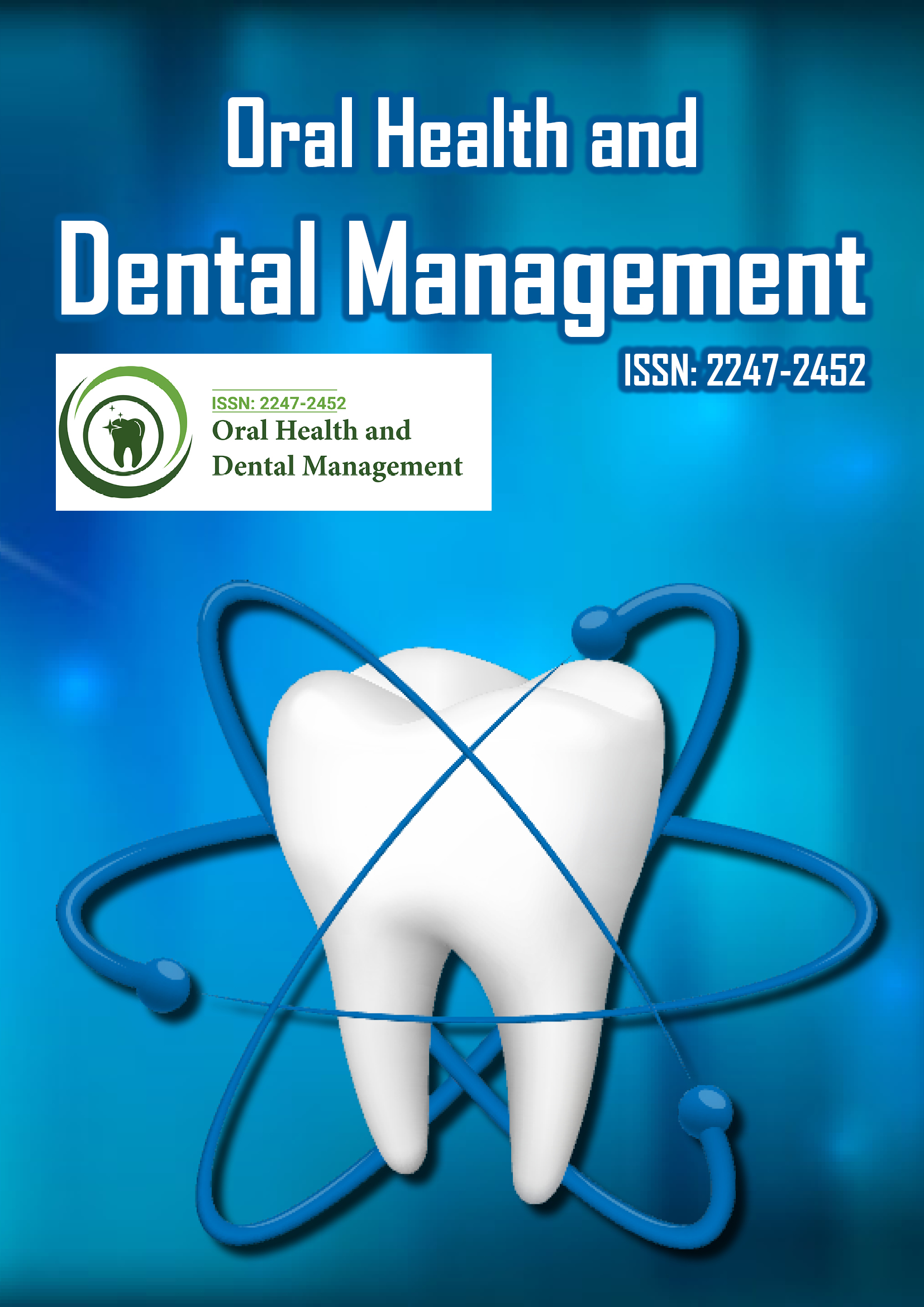Indexed In
- The Global Impact Factor (GIF)
- CiteFactor
- Electronic Journals Library
- RefSeek
- Hamdard University
- EBSCO A-Z
- Virtual Library of Biology (vifabio)
- International committee of medical journals editors (ICMJE)
- Google Scholar
Useful Links
Share This Page
Journal Flyer

Open Access Journals
- Agri and Aquaculture
- Biochemistry
- Bioinformatics & Systems Biology
- Business & Management
- Chemistry
- Clinical Sciences
- Engineering
- Food & Nutrition
- General Science
- Genetics & Molecular Biology
- Immunology & Microbiology
- Medical Sciences
- Neuroscience & Psychology
- Nursing & Health Care
- Pharmaceutical Sciences
Treatment of a large periapical lesion: A case report
26th Euro Congress and Expo on Dental & Oral Health
December 10-11, 2018 | Rome, Italy
Avramidou Domna, Karampasis Athanasios and Tsingistras Theocharis
D Z Avramidou Tandheelkunde, Netherlands
Posters & Accepted Abstracts: Oral Health Dent Manag
Abstract:
Introduction: Periapical inflammation develops as a response to the microbial flora of the pulp and the sub-products of the bacteria that infiltrate the periapical tissues and stimulate the immunological response of the host. Treatment options for the periapical lesions vary. The present case report refers to the treatment of a substantial periapical lesion on the upper jaw through conservative endodontic treatment. Case report: A 50-year old female patient with a non-significant medical history was referred to the Dental Department of Aristotle University of Thessaloniki. Her chief complaints were the persistent pain of the upper right central and lateral incisor region and swelling of the respective area. Clinical examination showed pain with percussion and palpation. The radiological examination revealed a large periapical lesion in the region of elements 11-12. The diagnosis was chronic apical periodontitis and endodontic treatment was decided to be performed on both upper right central and lateral incisor. The endodontic treatment of the upper right lateral incisor was performed in the postgraduate clinic of the Endodontics Department of Aristotle University of Thessaloniki. A combination of hand (k-files, Dentsply Maillefer) and rotary files (Mtwo, VDV Dental, Munich, Germany) was used. NaOCl 3.5% was used for irrigation and Ca(OH)2 paste was used between sessions. It is worth noting that endo aspirator was used with significant results, as purulent exudate was being drained for approximately 20 minutes. Obturation was performed with Gutta-Percha and AH26 sealer by lateral condensation technique. Recalls were conducted 1, 3, 6, and 12 months after the treatment that revealed healing of the periapical lesion. Conclusion: The present case confirmed, along with previous reports, that even large periapical lesions can respond to conservative endodontic treatment of the correct therapeutic approach is followed.
Biography :
Avramidou Domna has research interest in Oral Microbiology and Restorative Dentistry. She is currently working as a Dentist in the Netherlands and has special interest in Endodontics.
E-mail: donnaavr@gmail.com
